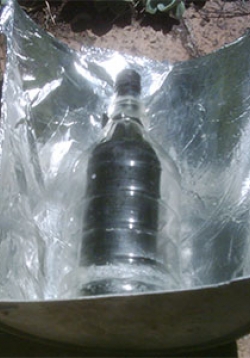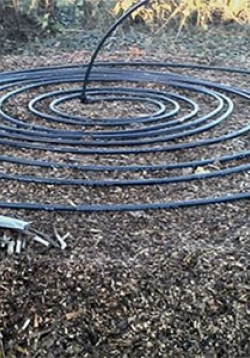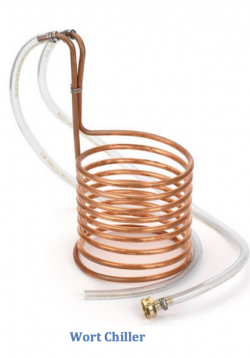Passive Solar Water Heating
Students retrofit milk jugs to absorb and retain the most solar energy. This process involves students collecting data that measures the impacts of different variables on the solar energy absorbed by each collection device. Students should be able to see...



